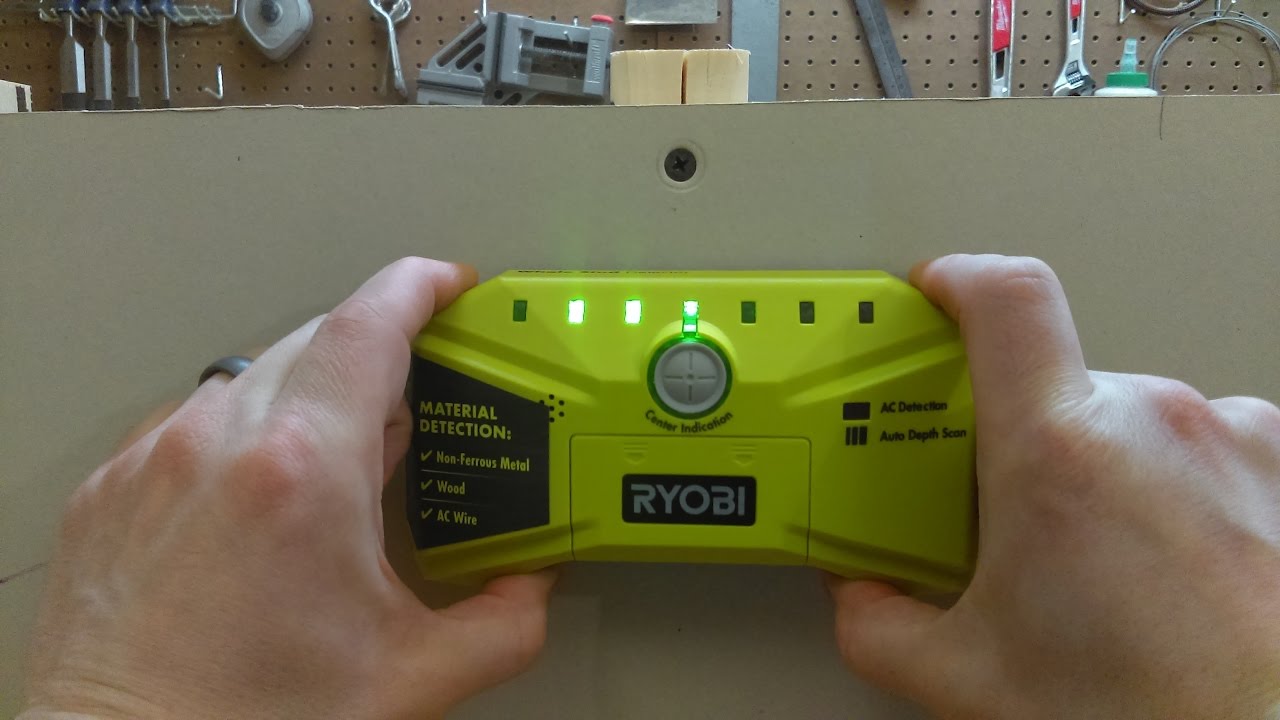

Articles
How To Use The Ryobi Stud Finder
Modified: January 4, 2024
Learn how to effectively use the Ryobi Stud Finder in this comprehensive guide. Discover expert tips and tricks for locating studs quickly and accurately.
(Many of the links in this article redirect to a specific reviewed product. Your purchase of these products through affiliate links helps to generate commission for Storables.com, at no extra cost. Learn more)
Introduction
Are you tired of guessing where the studs are in your walls and ending up with a bunch of unwanted holes? Look no further than the Ryobi Stud Finder! This handy tool is designed to help you locate studs quickly and accurately, ensuring that your shelves, pictures, and other wall accessories are securely mounted.
In this article, we will guide you through the process of using the Ryobi Stud Finder effectively. From understanding the device’s features to marking the studs, we will cover it all. So, let’s dive in and discover how to make the most of this invaluable tool.
Before we proceed, it’s essential to note that the Ryobi Stud Finder employs advanced sensing technology to detect the presence of studs behind drywall, plaster, and other wall materials. By utilizing electronic signals, it can accurately pinpoint the location of studs, saving you time, effort, and frustration.
Now that we have an overview let’s delve into the specifics of using the Ryobi Stud Finder. By following the steps outlined in this article, you’ll become a pro at finding studs in no time!
Key Takeaways:
- Mastering the Ryobi Stud Finder
Understanding the device’s features, preparing the area, and practicing scanning techniques are crucial for effectively using the Ryobi Stud Finder. With patience and practice, accurate stud detection becomes second nature. - Enhancing Stud Detection with Ryobi
In addition to using the Ryobi Stud Finder, incorporating marking techniques, calibration, and combining detection methods ensures precise stud locations. Regular maintenance and thorough understanding of the tool’s capabilities optimize its performance.
Read more: How To Use A Ryobi Stud Finder
Understanding the Ryobi Stud Finder
Before you start using the Ryobi Stud Finder, it’s important to have a good understanding of its features and functionality. This will ensure that you can utilize the tool to its full potential and achieve accurate results.
The Ryobi Stud Finder is equipped with multiple scanning modes to accommodate different wall surfaces and stud types. The most common mode is the Stud Scan mode, which detects the presence of wooden or metal studs in walls up to 1.5 inches thick. There’s also a DeepScan mode that can penetrate deeper into walls, ideal for locating studs in thicker walls or areas with multiple layers of drywall.
In addition to detecting studs, the Ryobi Stud Finder can also identify live electrical wires. This invaluable feature ensures your safety during DIY projects. By using the AC Scan mode, the device can scan the wall for voltages and alert you if it detects any electrical currents.
Understanding the display and indicators on the Ryobi Stud Finder is equally important. The device typically features an LCD screen that provides graphical representations of the stud locations and other materials behind the wall. It may also include audio indicators, such as beeps or tones, to help you locate studs without constantly checking the screen.
To power the Ryobi Stud Finder, it usually requires batteries. Make sure to have fresh batteries installed to ensure accurate readings. Additionally, some models may come with additional features like a built-in laser level or a built-in pencil sharpener that can be useful for marking the stud locations.
Overall, the Ryobi Stud Finder is a versatile and user-friendly tool that simplifies the task of locating studs and other hidden elements behind walls. By familiarizing yourself with its modes, display, and power requirements, you’ll be well-prepared to use it effectively.
Preparing for Use
Before you start using the Ryobi Stud Finder, it’s important to take a few preparatory steps to ensure accurate readings and smooth operation. Here are some essential tips to help you get ready:
- Clear the area: Begin by clearing the area where you plan to scan for studs. Remove any wall hangings, decorations, or furniture that may obstruct your access to the wall.
- Turn off electrical devices: Before using the stud finder, it’s crucial to turn off any nearby electrical devices or appliances. This prevents any interference that may affect the accuracy of the readings, particularly in the AC Scan mode when searching for live wires.
- Choose the appropriate scanning mode: Depending on the thickness of your walls and the type of studs you are looking for, select the appropriate scanning mode on the Ryobi Stud Finder. The Stud Scan mode is generally suitable for most common applications, but if you have thicker walls, consider using the DeepScan mode.
- Calibrate the device: Some Ryobi Stud Finders may require calibration before use. Follow the manufacturer’s instructions on how to calibrate the device to ensure accurate readings.
- Hold the device correctly: To obtain accurate readings, it’s important to hold the Ryobi Stud Finder correctly against the wall. Align the device with the surface and keep it level to ensure optimal results. Avoid tilting or angling the device as it may lead to inaccurate readings.
- Start scanning: Once you’re ready, press and hold the power button on the Ryobi Stud Finder to activate it. Slowly move the device across the wall in a horizontal or vertical motion. Keep an eye on the display or listen for audio cues to indicate the presence of studs or other materials.
- Take notes: As you scan the wall, make note of the locations where the Ryobi Stud Finder indicates the presence of studs. This will help you mark the stud locations accurately and prevent any confusion later on.
- Practice: If you’re new to using a stud finder, consider practicing on a less visible wall or a piece of scrap material before working on your main project. This will help you familiarize yourself with the device’s operation and gain confidence in using it effectively.
By following these steps and taking the necessary precautions, you’ll be well-prepared and ready to use the Ryobi Stud Finder confidently. Remember, patience and practice are key, so don’t be discouraged if it takes some time to master the technique of scanning for studs.
Locating Studs with the Ryobi Stud Finder
Now that you’re prepared to use the Ryobi Stud Finder, let’s dive into the process of actually locating studs behind your walls. Follow these steps to ensure accurate and efficient stud detection:
- Position the stud finder: Hold the Ryobi Stud Finder against the wall at the desired starting point. Make sure the device is parallel to the wall surface and level.
- Activate the device: Press and hold the power button on the Ryobi Stud Finder to activate it. The device will perform a self-calibration and be ready for use.
- Slowly scan the wall: Begin moving the stud finder along the wall in a smooth, horizontal or vertical motion. Be sure to cover the entire area you wish to scan for studs. Keep an eye on the display or listen for audio cues from the device.
- Interpret the results: As you move the stud finder across the wall, it will detect changes in density and indicate the presence of studs. On the display, you may see visual indicators or hear auditory alerts. Pay close attention to these signals to locate the studs accurately.
- Mark the stud locations: Once the Ryobi Stud Finder detects a stud, mark the location on the wall using a pencil or a small piece of tape. Repeat this process for each stud you locate. Taking accurate measurements from the edge of the stud can help you position your hardware or wall attachments precisely.
- Confirm the stud location: If desired, you can double-check the accuracy of the stud locations by measuring the distance between the marked points. Studs are typically spaced either 16 inches or 24 inches apart, although there may be variations depending on the building’s construction.
Remember, the Ryobi Stud Finder is a valuable tool, but it’s not foolproof. It’s always a good practice to verify the locations of studs using additional methods, such as tapping the wall lightly or using a small nail to probe for solid backing.
By following these steps and trusting the Ryobi Stud Finder, you’ll be able to locate studs with confidence and precision. This will ensure that your wall hangings, shelves, and other heavy items are securely fastened, giving you peace of mind.
When using the Ryobi stud finder, make sure to calibrate it on a clear section of wall before scanning for studs. This will ensure accurate results.
Marking the Studs
Once you have successfully located the studs using the Ryobi Stud Finder, it’s crucial to mark their positions on the wall for easy reference and accurate installations. Follow these steps to effectively mark the studs:
- Gather your marking tools: Before you begin marking the studs, gather a pencil or a small piece of tape. Ensure that the marking tool you choose is easily visible against your wall color.
- Mark the edges: Position your marking tool at the edge of the stud and make a small mark on the wall. It’s helpful to mark both the left and right edges of the stud to indicate its exact width.
- Connect the marks: Once you’ve marked the edges of the stud, connect the marks with a straight line. This line will serve as a visual guide when installing shelves, mounting brackets, or other fixtures.
- Label the marks: To enhance clarity, you can label the stud marks with an “S” or any other symbol that represents a stud. This will ensure that you can easily identify the stud locations later on, especially if you have marked multiple studs in a single wall.
- Optional step: Measure and label distances: If you’re working on a specific project, you may find it helpful to measure and label the distance between the marked stud locations. This will ensure precise placement of your hardware or wall attachments.
- Consider aesthetics: If you’re concerned about the visibility of the marked studs, you can opt for a more discreet approach. Use a small piece of clear tape instead of making marks directly on the wall. This way, you can remove the tape once you’ve completed your installation.
By following these steps and marking the stud locations accurately, you’ll be well-equipped to confidently mount your shelves, artwork, and other heavy items. Remember, taking the time to mark the studs ensures a secure and stable installation, preventing damage to your walls and belongings.
Read more: How To Use Zircon Stud Finder
Additional Tips and Tricks
Using the Ryobi Stud Finder effectively is essential for accurate stud detection. Here are some additional tips and tricks to enhance your experience and maximize the tool’s capabilities:
- Read the user manual: Before using the Ryobi Stud Finder, take the time to read the user manual thoroughly. It will provide valuable insights into the specific features and functions of your model, ensuring optimal performance.
- Practice on different wall surfaces: If you anticipate working on various wall surfaces, such as drywall, plaster, or tile, practice using the Ryobi Stud Finder on each surface to become familiar with any nuances or adjustments required.
- Use a stud finder calibration: Some models of the Ryobi Stud Finder offer a calibration feature. Performing a calibration ensures accurate readings by adjusting the device to the specific wall conditions and materials.
- Adjust sensitivity settings: If your Ryobi Stud Finder has sensitivity settings, experiment with different levels to find the one that works best for your specific wall composition and stud detection needs.
- Avoid interference: Keep the Ryobi Stud Finder away from strong sources of electromagnetic interference, such as large electronic devices or metal objects, as they can disrupt readings and affect accuracy.
- Combine with other detection methods: While the Ryobi Stud Finder is a powerful tool, consider using additional methods, such as tapping the wall or using a magnetic stud finder, to confirm and validate stud locations.
- Regularly replace batteries: To maintain reliable performance, replace the batteries in your Ryobi Stud Finder as needed. Weak batteries can contribute to inaccurate readings and unreliable results.
- Keep the device clean and protected: Clean the Ryobi Stud Finder regularly, following the manufacturer’s instructions, to remove dust and debris that may hinder its functionality. Additionally, store it in a protective case or in a safe place to prevent damage when not in use.
By implementing these additional tips and tricks, you’ll optimize the performance of your Ryobi Stud Finder and ensure precise stud detection. Remember to take your time, practice, and rely on multiple methods to verify stud locations for the best results.
Conclusion
The Ryobi Stud Finder is a valuable tool that simplifies the process of locating studs behind walls, ensuring secure and accurate installations. By understanding its features and functionality, preparing for use, and following the proper techniques, you can make the most of this tool and achieve reliable results.
Remember to clear the area, turn off nearby electrical devices, and select the appropriate scanning mode before beginning your stud detection. Slowly scan the wall, interpreting the results displayed on the device. Take note of the stud locations and mark them clearly on the wall for easy reference during installations.
To enhance your stud-finding experience, consider measuring and labeling distances between studs, adjusting sensitivity settings, and incorporating other detection methods for validation. Regularly replace batteries and keep the device clean and protected to ensure optimal performance.
With the Ryobi Stud Finder in hand, you can confidently mount shelves, hang artwork, and securely attach heavy items to your walls, all while avoiding unnecessary damage and frustration.
So, go ahead and put your Ryobi Stud Finder to work! With practice and patience, you’ll become a pro at detecting studs and achieving professional-looking results in no time.
Happy stud finding and happy DIY-ing!
Frequently Asked Questions about How To Use The Ryobi Stud Finder
Was this page helpful?
At Storables.com, we guarantee accurate and reliable information. Our content, validated by Expert Board Contributors, is crafted following stringent Editorial Policies. We're committed to providing you with well-researched, expert-backed insights for all your informational needs.
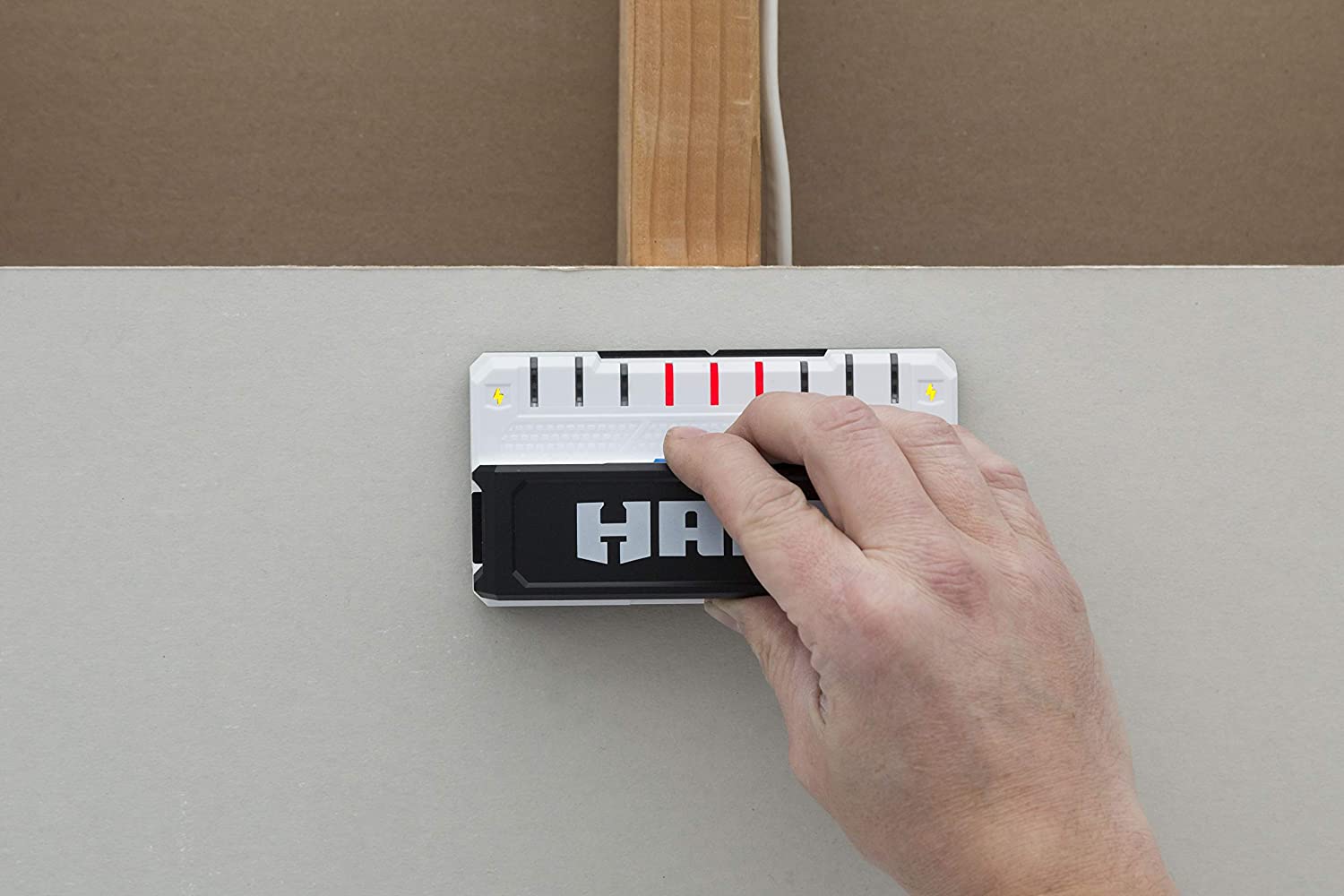
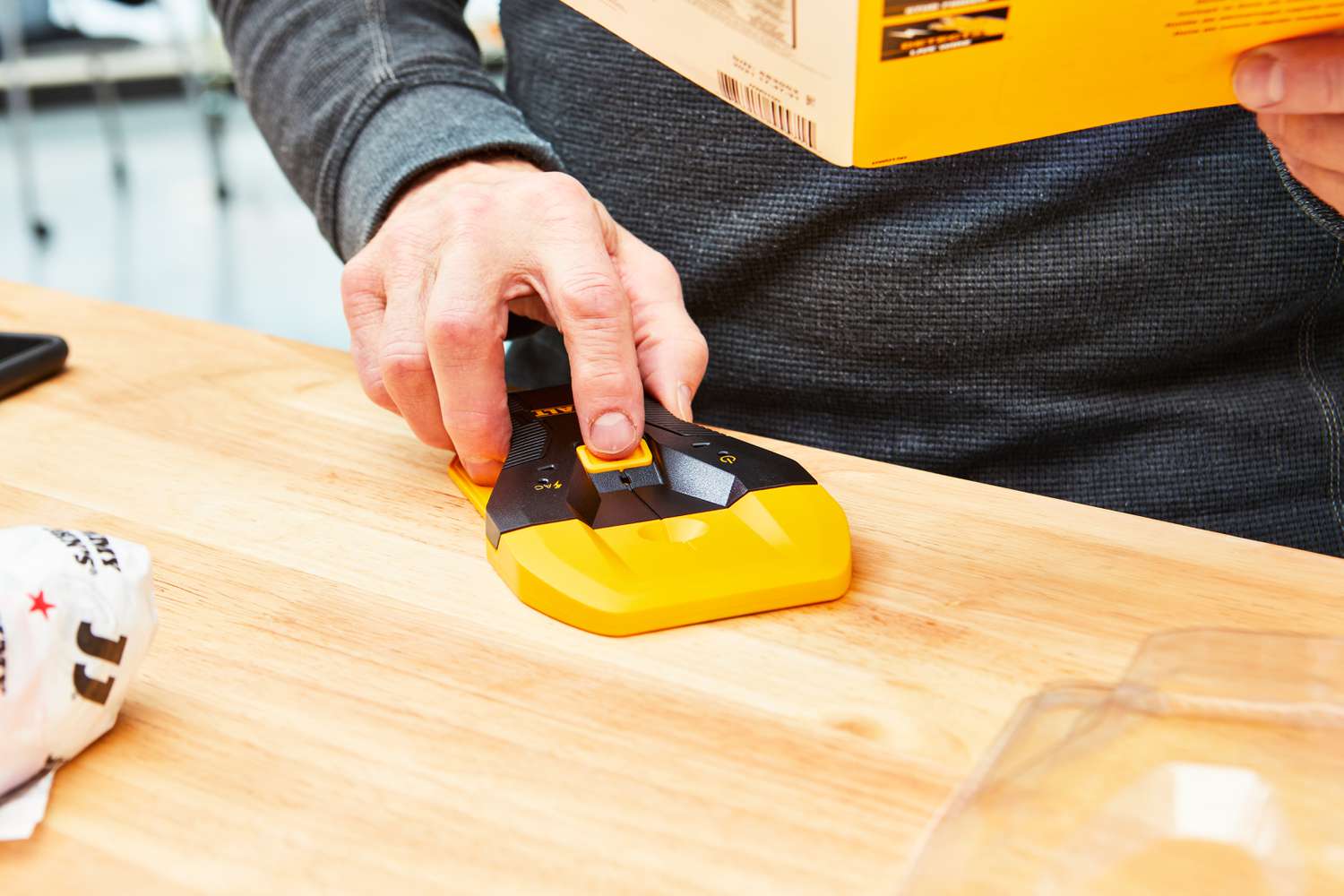
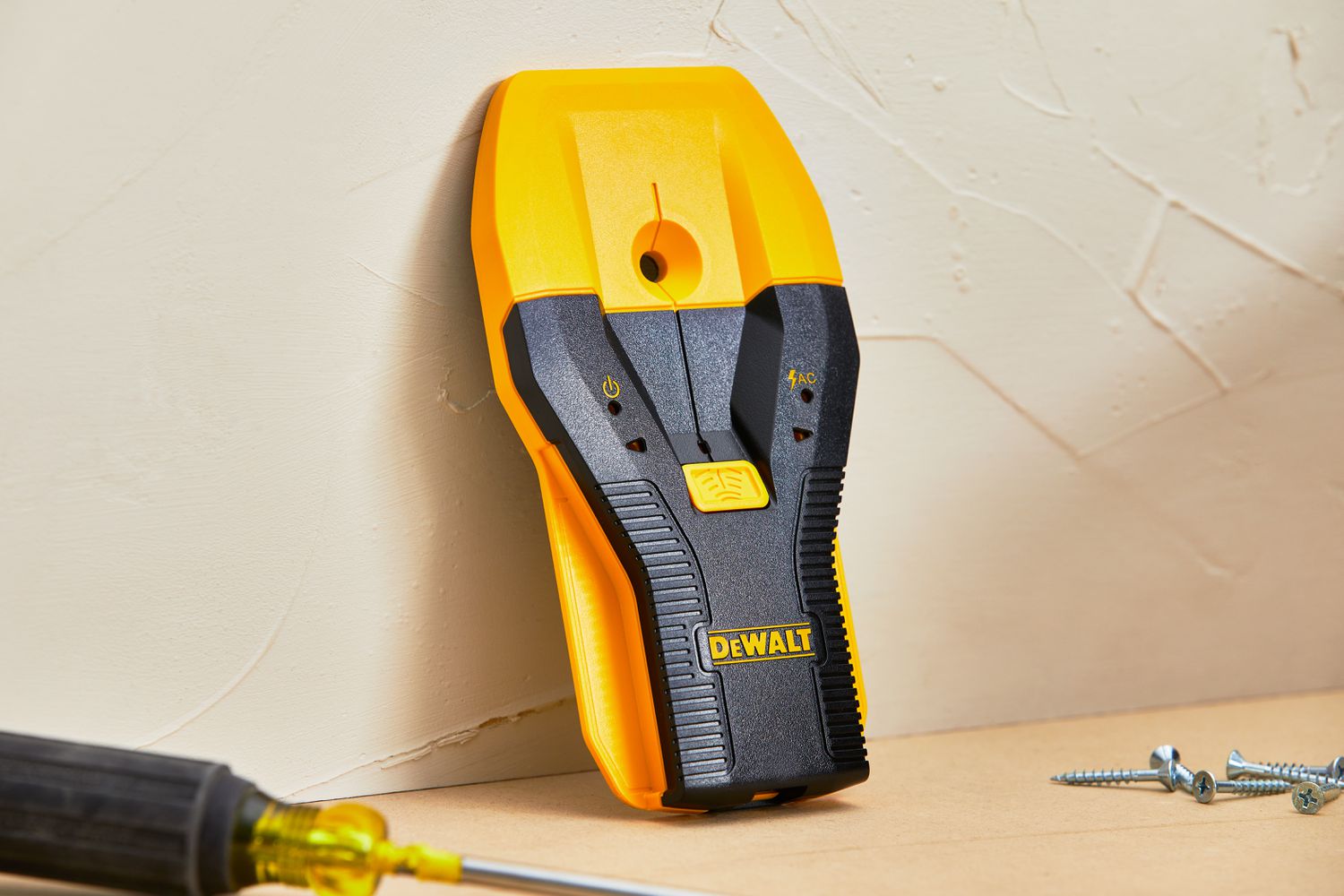
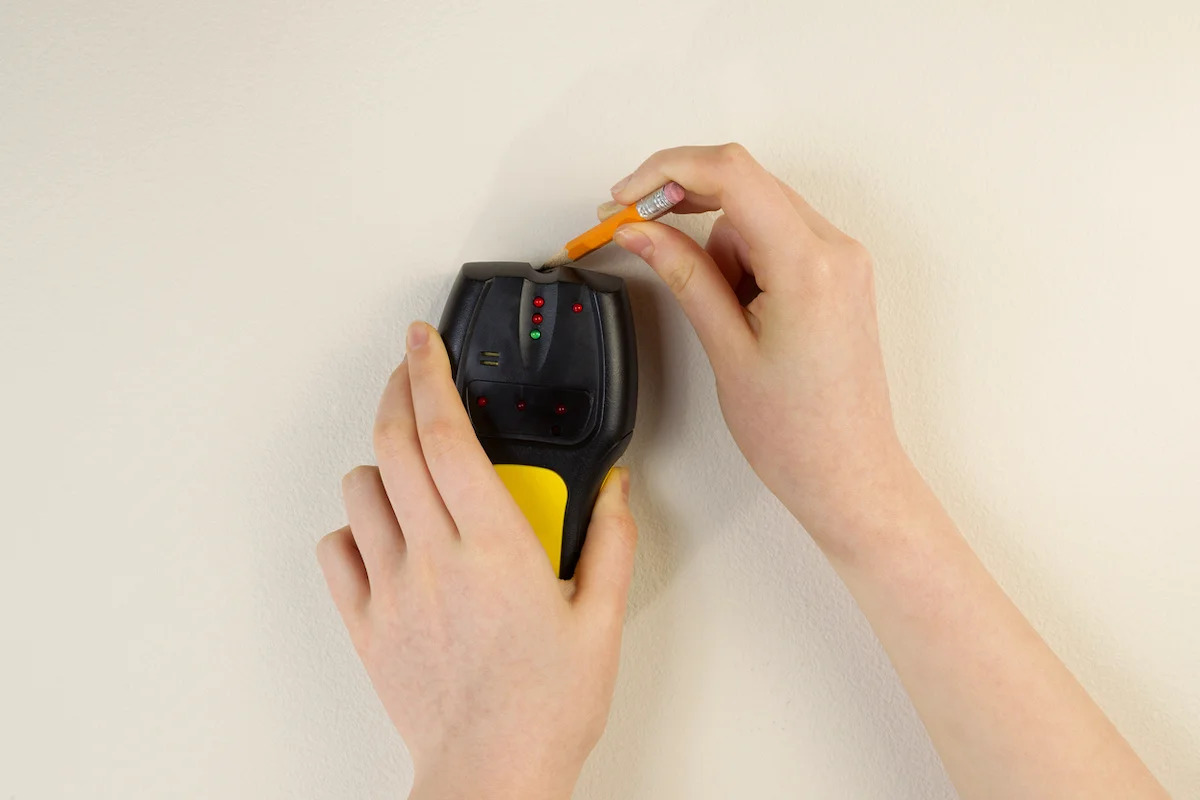
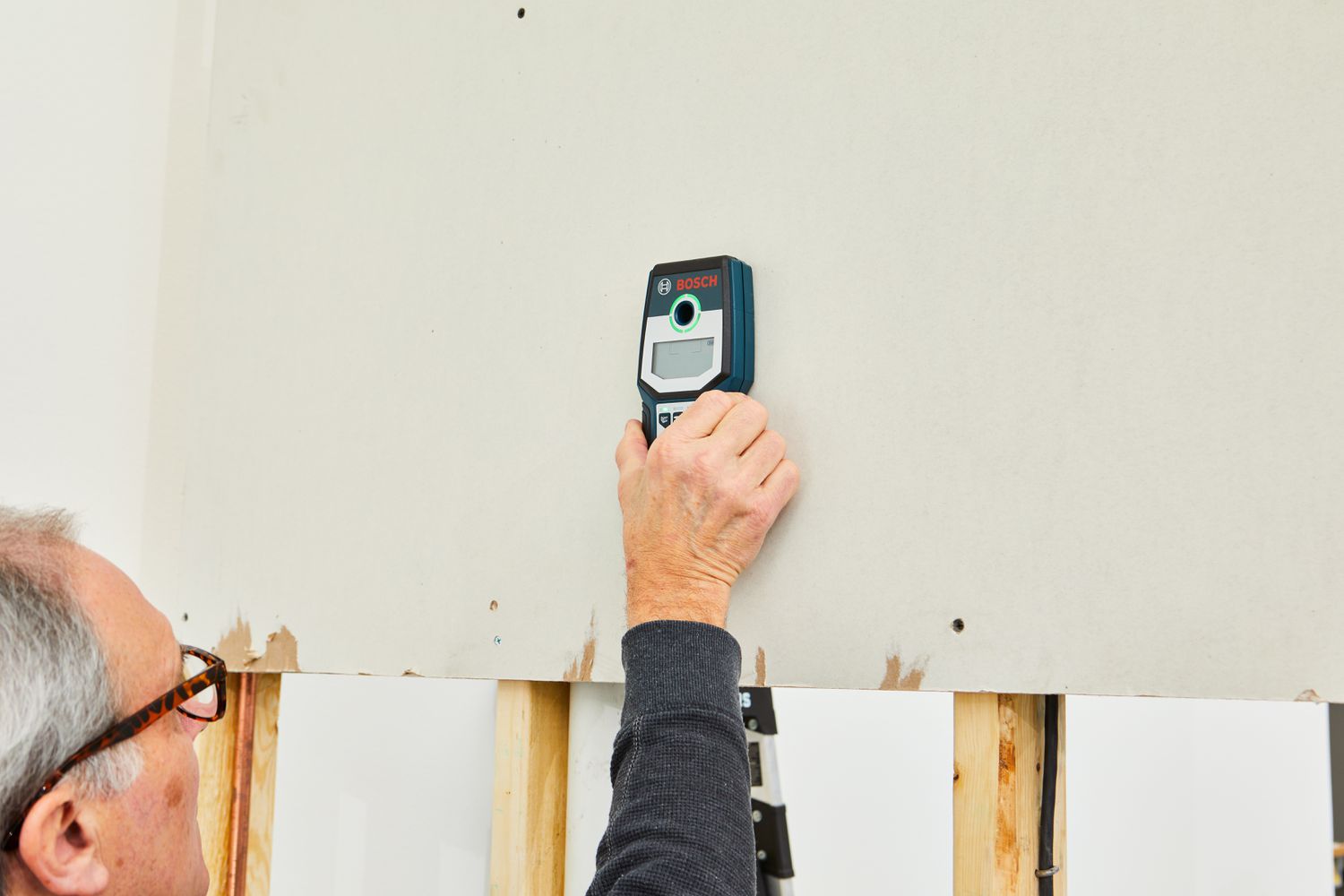
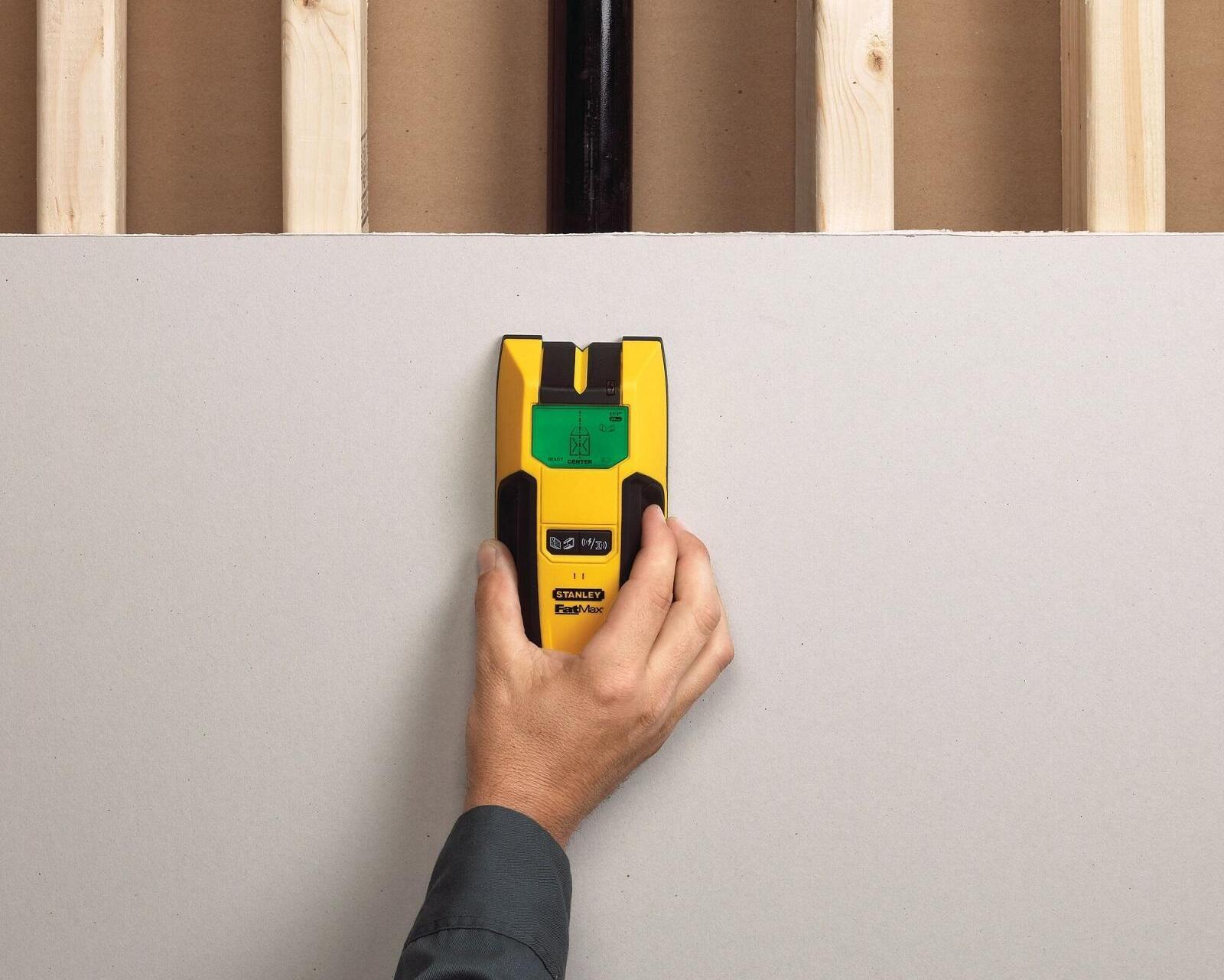
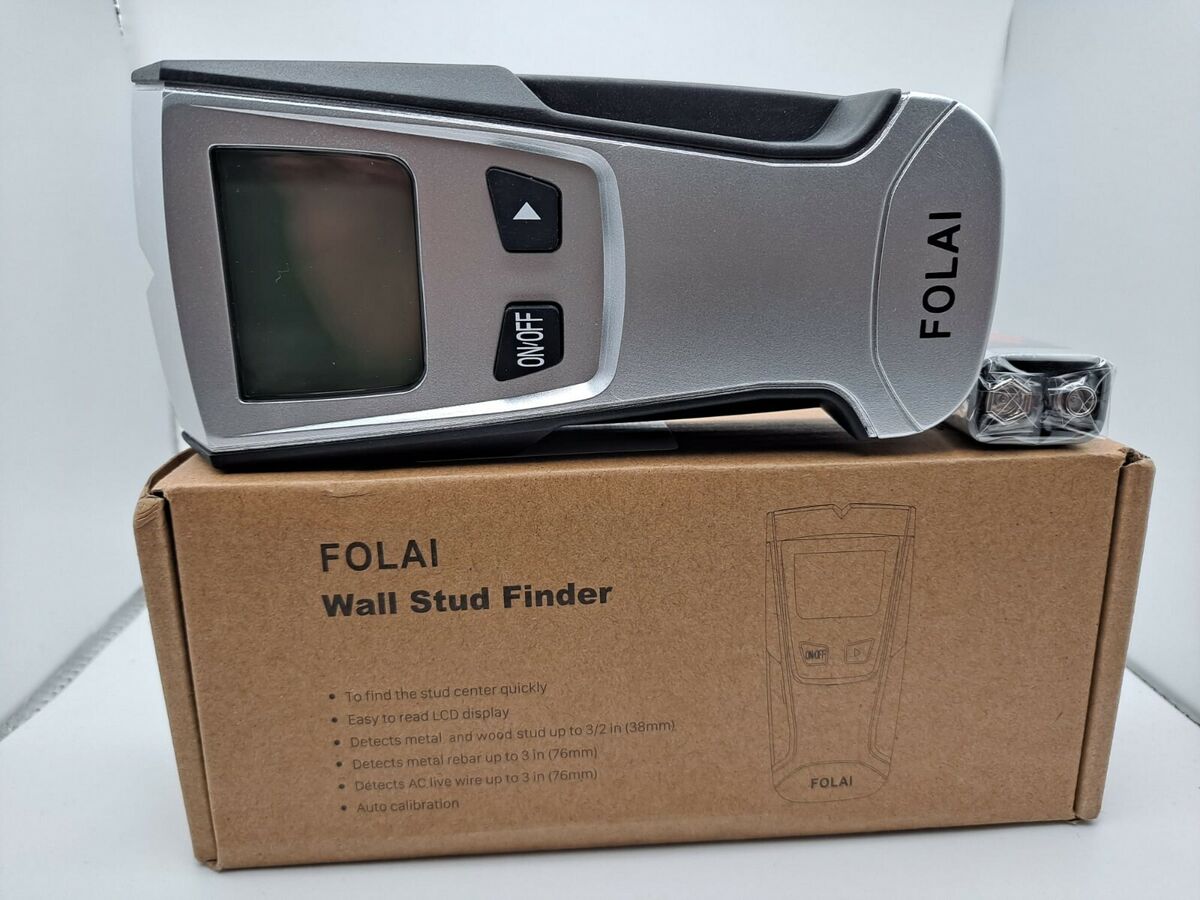
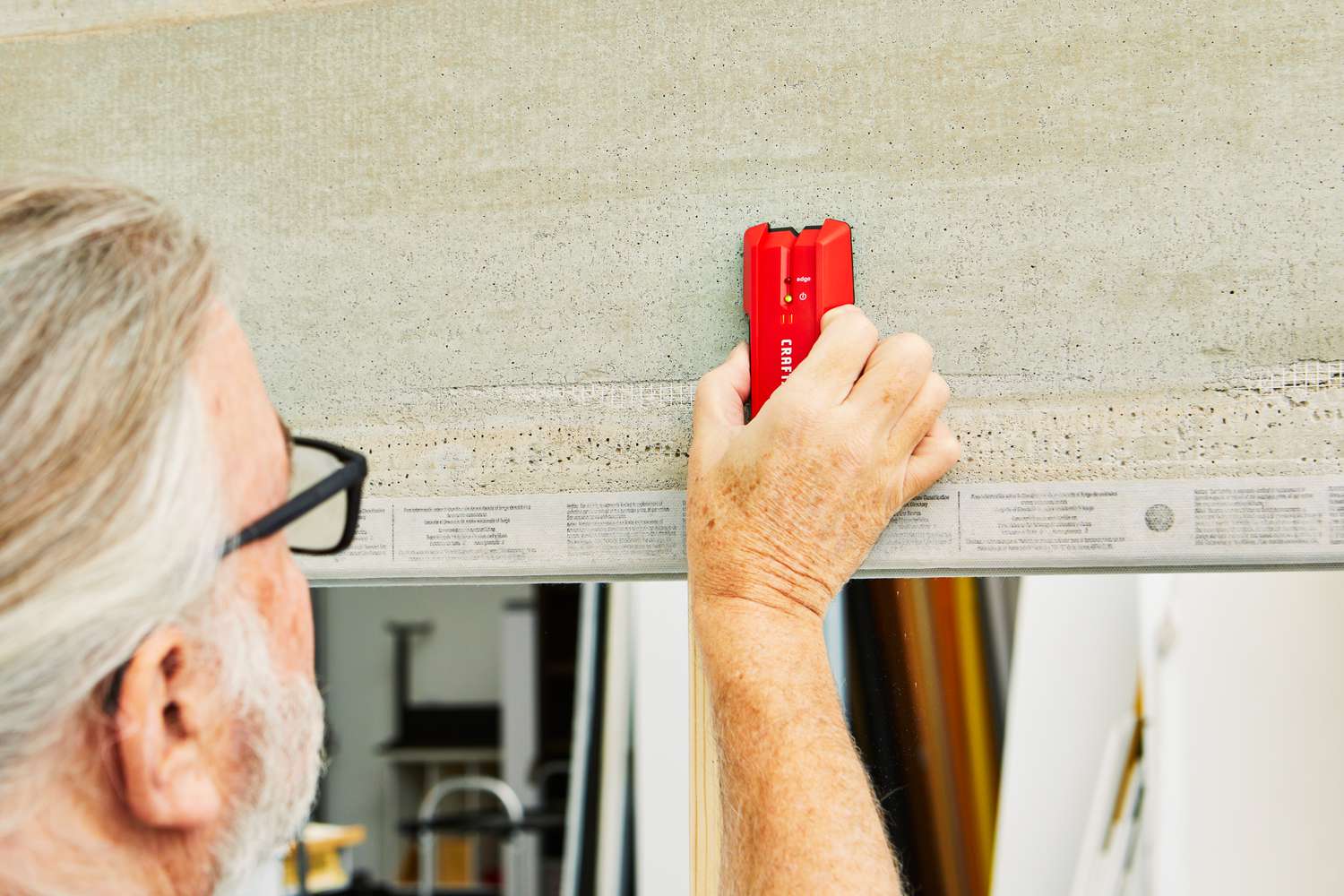
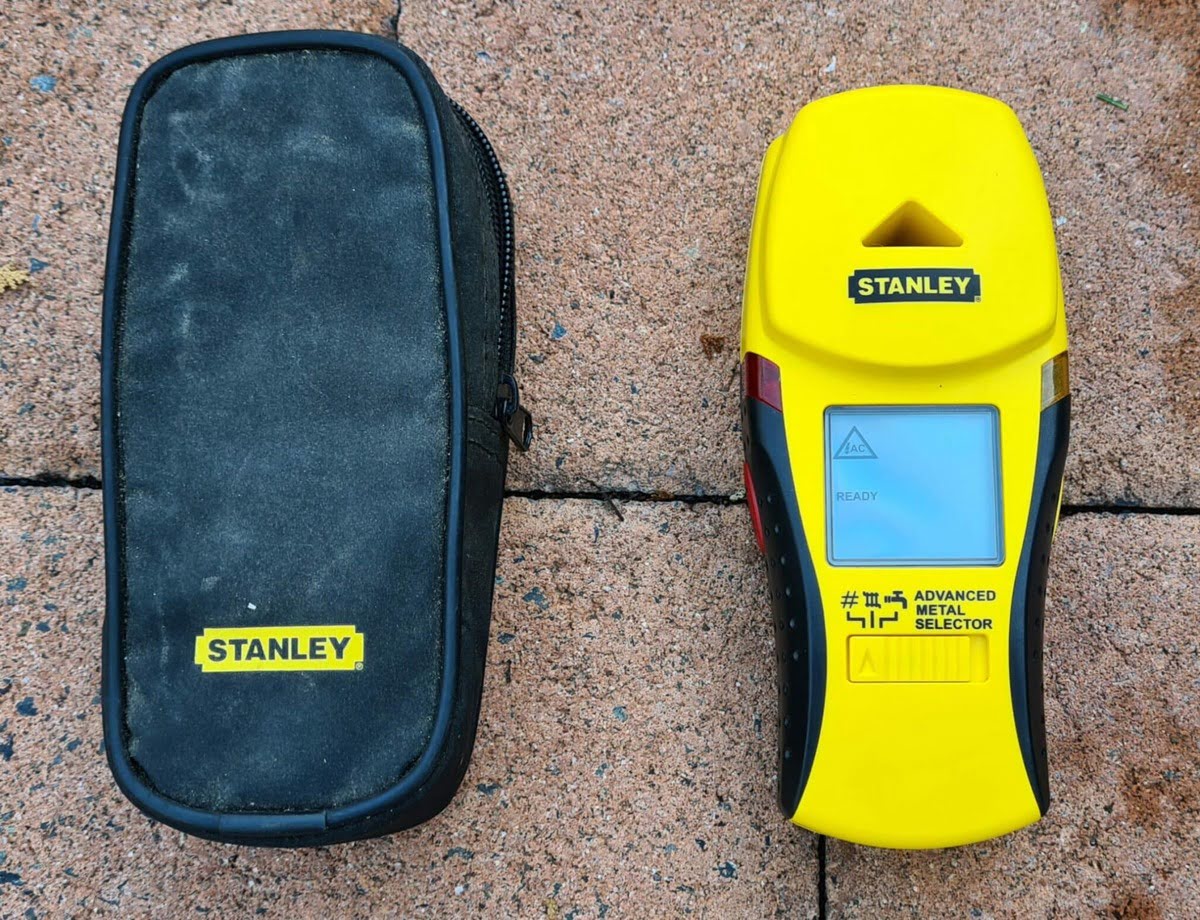
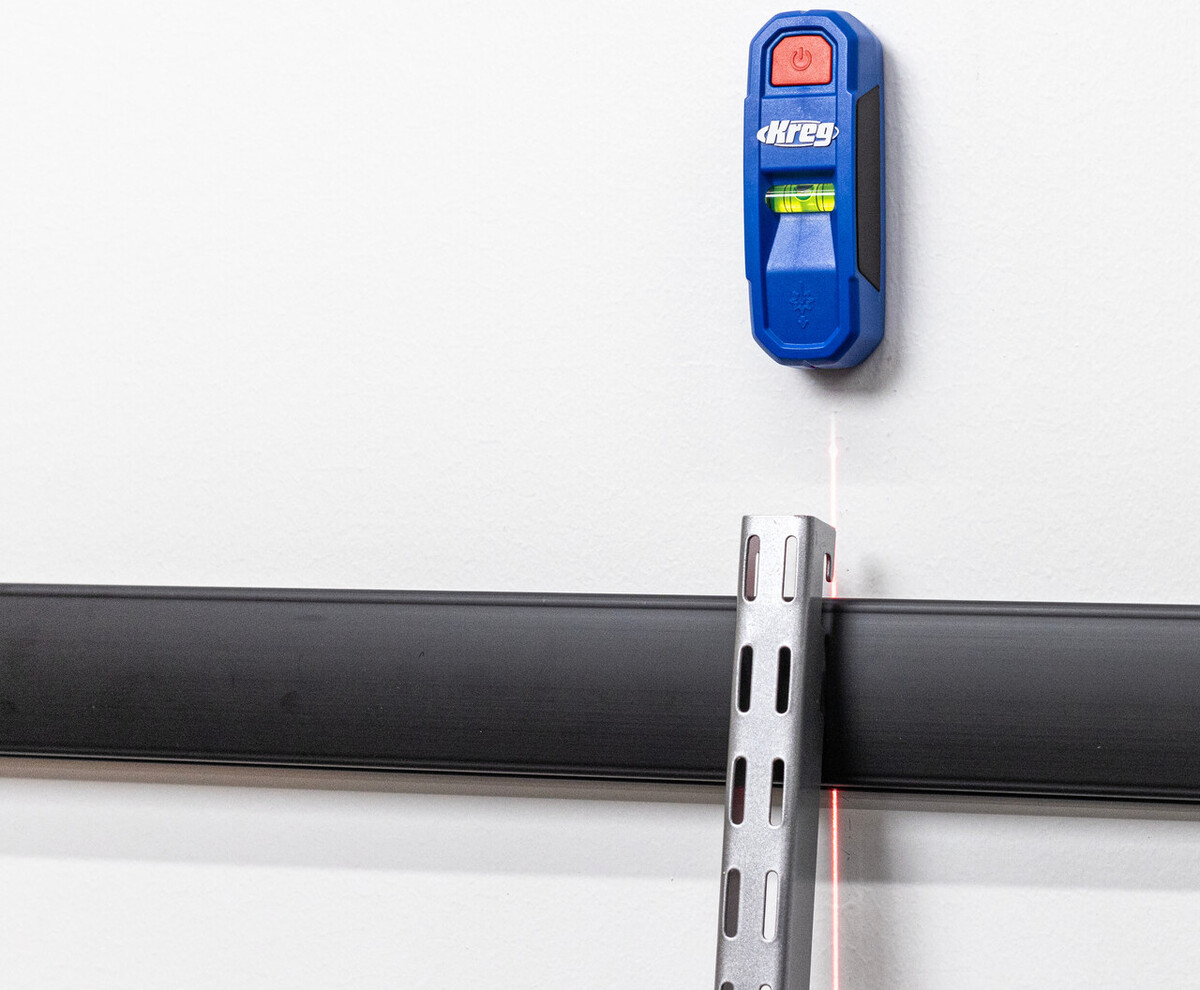
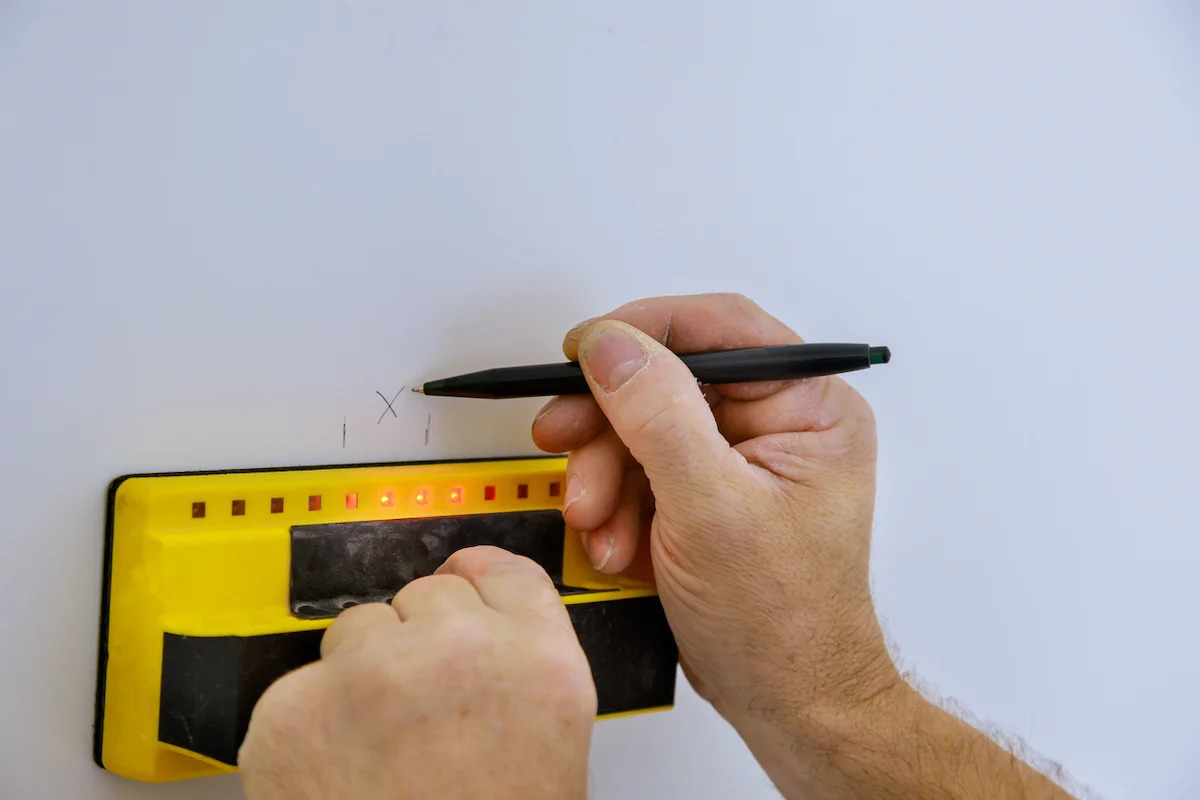
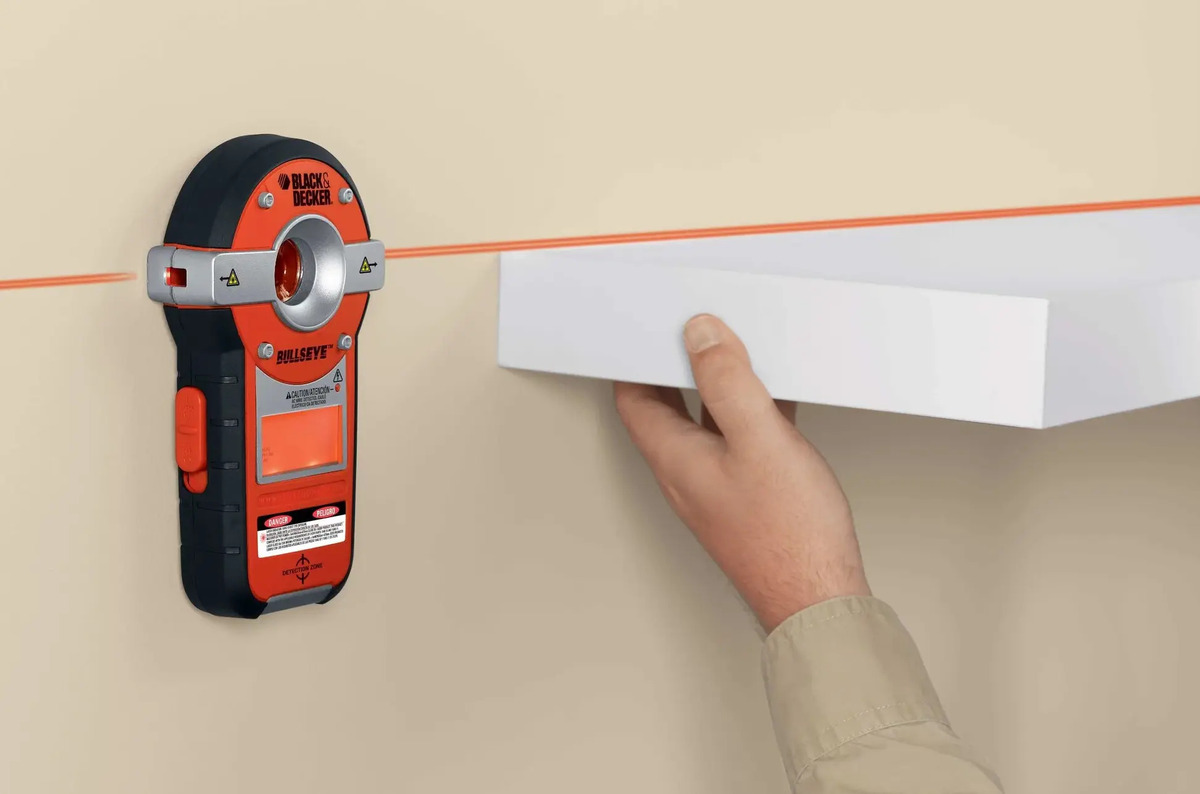
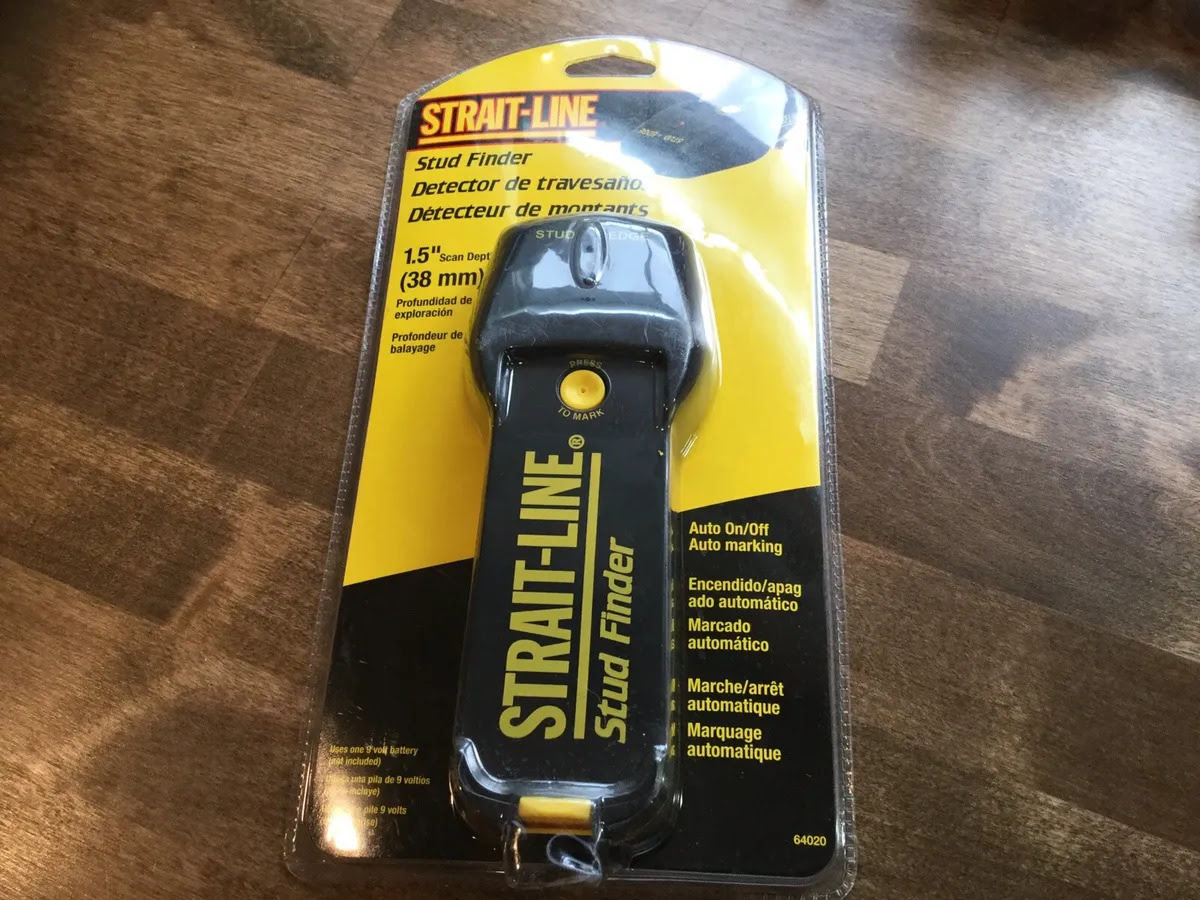


0 thoughts on “How To Use The Ryobi Stud Finder”